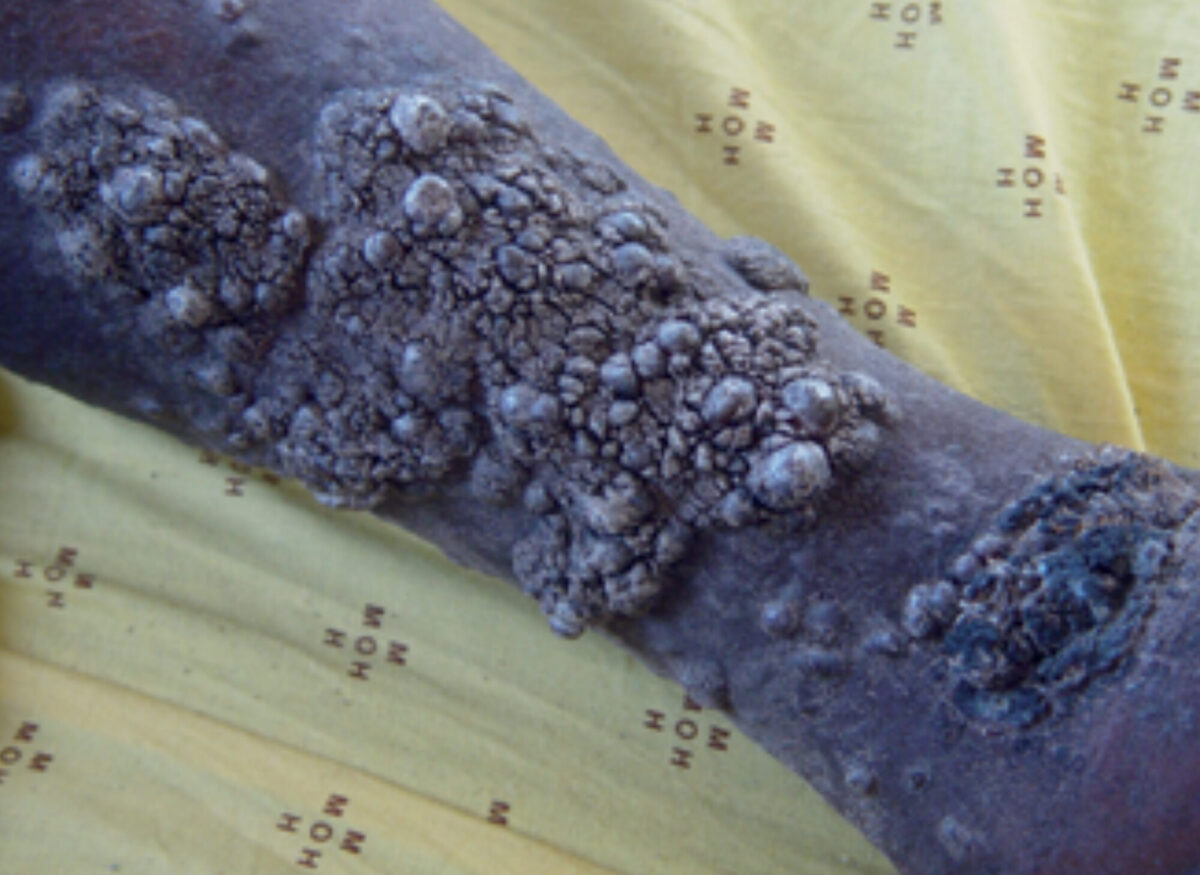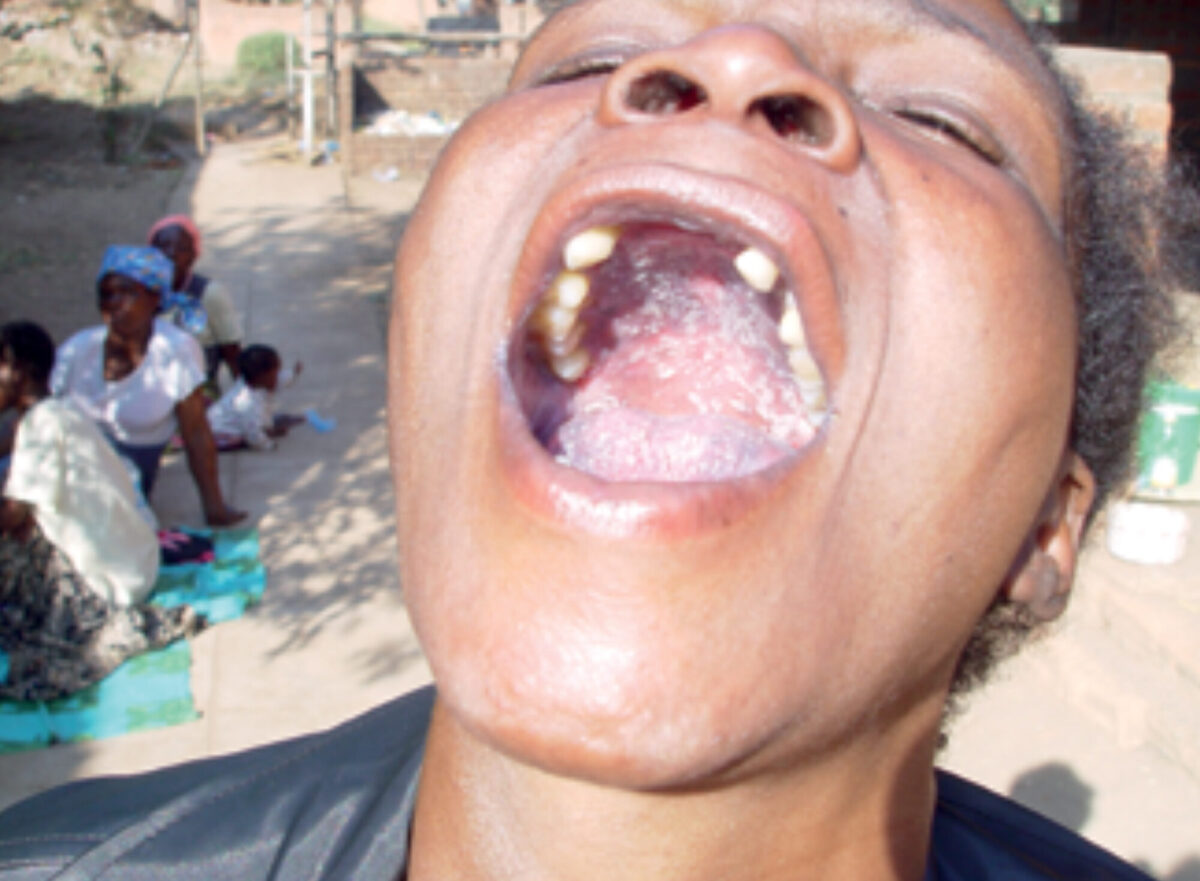Main content
People who are HIV-infected have a higher risk of developing cancer.[1] In the early days of the HIV epidemic, the presence of cancers such as Kaposi’s sarcoma (KS), non-Hodgkin lymphoma (NHL), primary central nervous system lymphoma (PCNSL), and invasive cervical carcinoma were designated as AIDS-defining cancers (ADC). After the introduction of anti-retroviral therapy (ART), the spectrum changed; the incidence of KS and NHL decreased while other cancers, referred to as non-AIDS -defining cancers (NADCs), became more common in HIV infected individuals, with a considerable contribution to mortality.[1]
While immunosuppression was the most common risk factor for ADC before the introduction of antiretroviral therapy (ART), other risk factors included co-infection with oncogenic viruses, smoking, substance use, medication use, and HIV-associated metabolic disturbances. Ageing became a more important risk factor, as life expectancy increased considerably after successful ART became available. ART may also be a risk factor as there is a high incidence of KS and NHL shortly after starting ART, possibly in the context of the immune reconstitution inflammatory syndrome (IRIS). However, those patients who do not respond well to ART also have an increased risk of NADCs; these risk factors include the presence of an AIDS diagnosis, a persistent low CD4 count (< 200 cells/µL), and a low nadir CD4 count.[2,3] HIV itself is not oncogenic, but the virus integrates in the host genome as a provirus in the reservoir of infected cells. Co-infection with other oncogenic viruses and severe immunosuppression are important risk factors.[4]
AIDS-defining cancers
(Most important) non-AIDS defining cancers
|
Considerations for prevention and management
Prevention
Malignancies in HIV infected individuals occur at an earlier age, with a rapidly progressive clinical course because of high tumour grade and late presentation with advanced disease. There are opportunities for prevention such as smoking cessation, vaccination for HPV and HBV, and treatment of HBV and HCV disease.
There is a need for sensitive and specific biomarkers for early detection and thus better outcome, particularly since the NADCs became more important. Identification of risk groups is important such as HIV patients with HBV or HCV related cirrhosis, and MSM for risk of anal carcinoma. All these factors have implications for outcome including poor response to treatment and recurrent disease.



Management
As HIV-infected patients often use multiple drugs, chemotherapy may lead to drug-drug interactions including increased immunosuppression. Depending on the treatment that needs to be given for a certain malignancy, ART may have to be stopped temporarily. Newer ART drugs such as integrase inhibitors may be more suitable for combined administration with other drugs. A multidisciplinary approach is needed (infectious disease specialist, HIV/aids specialist, oncologist).
Other factors to be considered in outcome are the presence of co-morbidities that are common in HIV/AIDS. In addition, as reactive lymphadenopathy is common in HIV/AIDS, this may complicate accurate staging of the cancer and decision making on the best approach. Patients with advanced AIDS may be at risk of post-operative complications in case surgery is needed in the treatment of cancer.
Treatment consists of two pillars: adequate treatment for the malignancy (that should be confirmed by biopsy) and therapy. Successful anticancer therapy necessitates the elimination of all cells with tumour regenerating potential. In parallel to cancer therapy, all the infected cells that can regenerate new infectious HIV-1 particles need to be removed.
Research and treatment capacity
While in the past, HIV infected individuals were excluded from most clinical trials, there is a pressing need for such trials specifically directed towards this group of individuals. In addition, there is a need for trial sites and availability of treatment modalities, such as chemotherapy and radiotherapy, in LMICs.
| TYPE | CHARACTERISTICS | CLINICAL | COURSE |
|---|---|---|---|
| Classic (sporadic) | Age > 60 yrs Mediterranean, Eastern/central Europe, Middle East | Lower legs, feet | Indolent usually |
| AIDS associated | HIC: MSM LMICs: heterosexual males and females (Africa); low CD4 counts Co-morbidity, ART start and use of corticosteroids may unmask KS | Common in legs, feet; oral cavity; visceralization common: frequent manifestations: pleural effusion, pericardial effusion, ascites, lymphadenopathy, intrapulmonary | Indolent or aggressive; may respond to ART and chemotherapy |
| Endemic (African) | Male adults, in children male and female Equatorial Africa Common before HIV era | Variable, lymphoedema legs | Indolent to aggressive (children) |
| Iatrogenic | Older patients with transplants or other immunosuppression | Lower legs, feet; may disseminate | |
| ART antiretroviral therapy | LMICs low- and middle-income countries / MSM men who have sex with men |
References
- Rubinstein PG, Aboulafia DM, Zloza A. Malignancies in HIV/AIDS: From epidemiology to therapeutic challenges. AIDS. 2014;28:453–465.
- Francheschi S, Lise M, Clifford GM, et al. Changing pattern of cancer incidence in the early- and late-HAART periods: the Swiss HIV Cohort study. Br J Cancer 2010;103:416.
- Yanik EL, Tate JP, Sigel K, et al. Relationship of immunological response to antiretroviral therapy with non-AIDS defining cancer incidence. AIDS 2014;28:979-87.
- Svensson JP. Targeting Epigenetics to Cure HIV-1: Lessons From (and for) Cancer Treatment. Front Cell Infect Microbiol 2021; 11:668637. doi: 10.3389/fcimb.2021.668637.
- Chiao EY, Coghill A, Kizub D, et al. The effect of non-AIDS defining cancers on people with HIV. Lancet Oncology 2021;22(6):e240-253.
- Deeken JF, Tjen-A-Looi A, Rudek MA, et al. The rising challenge of non-AIDSA-defining cancers in HIV-infected patients. Clin Infec Dis 2012;55:1228.
- Pinato DJ, Allara E, Chen TY, et al. Influence of HIV infection on the natural history of hepatocellular carcinoma: results from a global multicohort study. J Clin Oncol 2019;37:296-304.
- Muelenbachs A, Bhatnagar J, Agudelo CA. Malignant transformation of Hymenolepis nana in a human host. New England Med J 2015;373:1845-1852.


















































